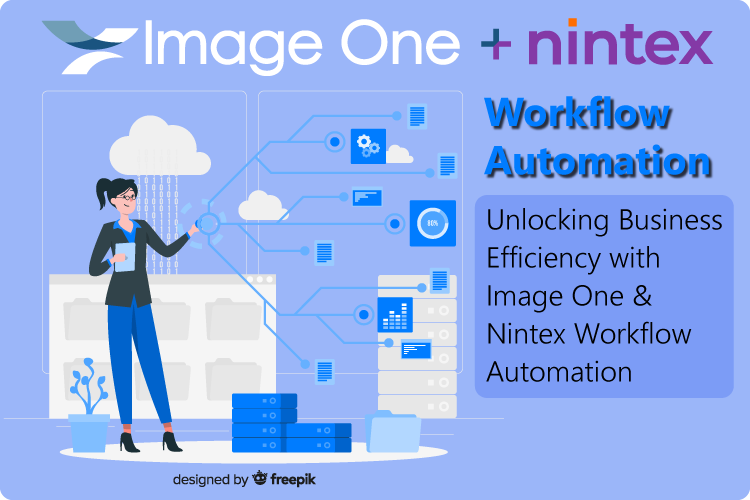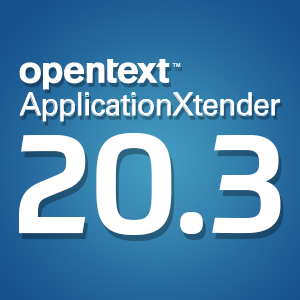To boost efficiency, going paperless is the obvious choice
Tuesday, October 15, 2013In a recent article, I made the business case for going paperless, noting that many firms are still haunted by the specter of economic instability in the rear view mirror even as the market begins to recover. Paperlessness offers a wide range of cost-saving benefits, rendering some expenses entirely unnecessary and significantly reducing others.
Consider, for instance, how much money your company spends on printer ink and paper per year, or the proportion of your time and expenses dedicated toward sending items through the mail.
Looking to boost efficiency? Eschew snail mail
Snail mail isn't just a less-than-optimal choice when it comes to the cost of things, however – it also falls short in terms of efficiency.
"If you've ever had to get documents to a client or business entity in a rush, you know that there are a myriad of things that can go wrong," wrote iPost contributor Pamela S. in a blog post from earlier this year. "Even the quickest courier or delivery service can be waylaid by weather conditions or other issues. If you are down to the wire, you may miss that last pickup time. With secure document delivery in the cloud, you can send your documents 24 hours a day."
Digitizing organization engenders efficiency gains
Clearly, document management can boost the speed at which important files can be sent from one person or office to another, but there are other benefits to instating paperless information management. Take, for instance, organization. It's a lot easier to find that important file you're looking for when you can type a search term into an electronic system than it is to manually paw through filing cabinets or manila folders that may or may not store documentation in a way that makes logical sense.
Optimizing workflow with business process automation
"Let's say you've prepared that 20 page document, your staff has typed it up on letterhead and it is ready to be sent out, when you proofread and find errors," posits Pamela. "Now you have to go back, fix the mistakes and print it out again, just to end up shredding the first document. A waste of paper and a waste of time."
Companies that leverage cloud services can entirely skip over the inefficiencies highlighted by Pamela. These types of solutions allow multiple pairs of eyes to view documents at any given time – even if people are based in geographically disparate locations. What's more, changes can be made in real time, and revising wording, tweaking formatting and even implementing more extensive alterations can all be accomplished without the hassle of having to reprint drafts.
Efficiency of a different kind
Companies eager to learn about the efficiency benefits of going paperless might be stuck on the idea of how digitization can help them personally. For instance, they might focus on the reduced costs associated with sending fewer things via snail mail, or the idea of saving time and money when it comes to printing and revising drafts, or streamlining the process of finding a needle in a filing haystack. But paperlessness also ushers in efficiency of a different kind by way of helping firms become more environmentally friendly.
Pamela cited a statistic from Reduce.org that indicated the average office worker uses 10,000 sheets of copy paper each year. With this data in mind, even introducing paperless methods into a small office can have a significant impact on a company's paper usage. As well as helping firms realize cost savings, instating green processes is also good for companies' reputations, as an increasing number of consumers are prioritizing environmentally-efficient operations.




